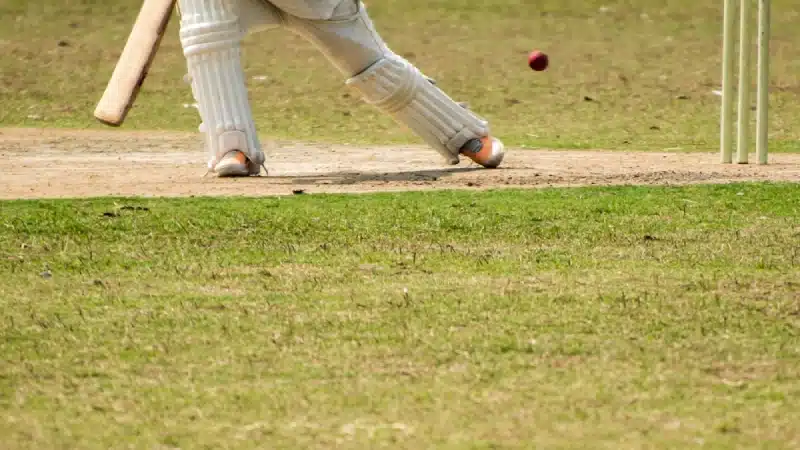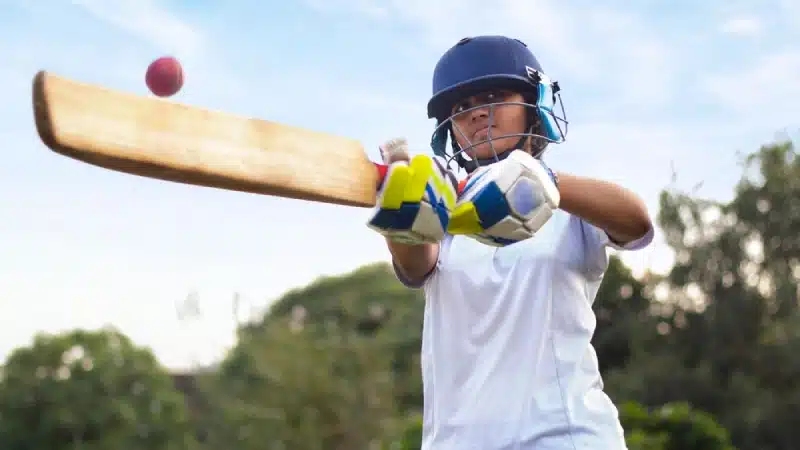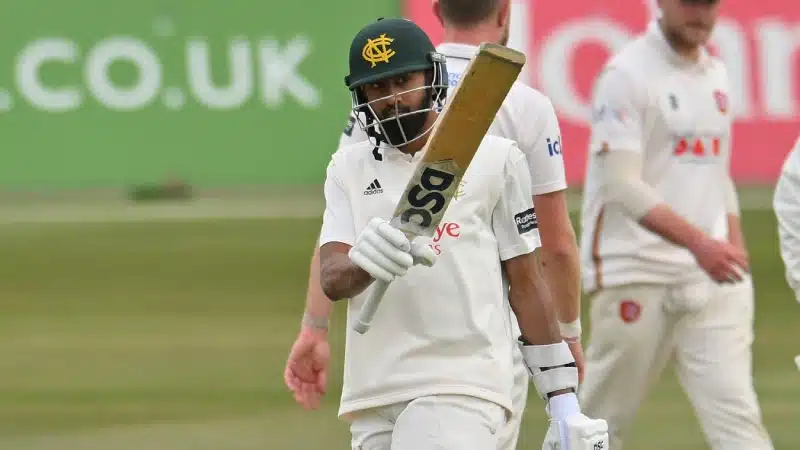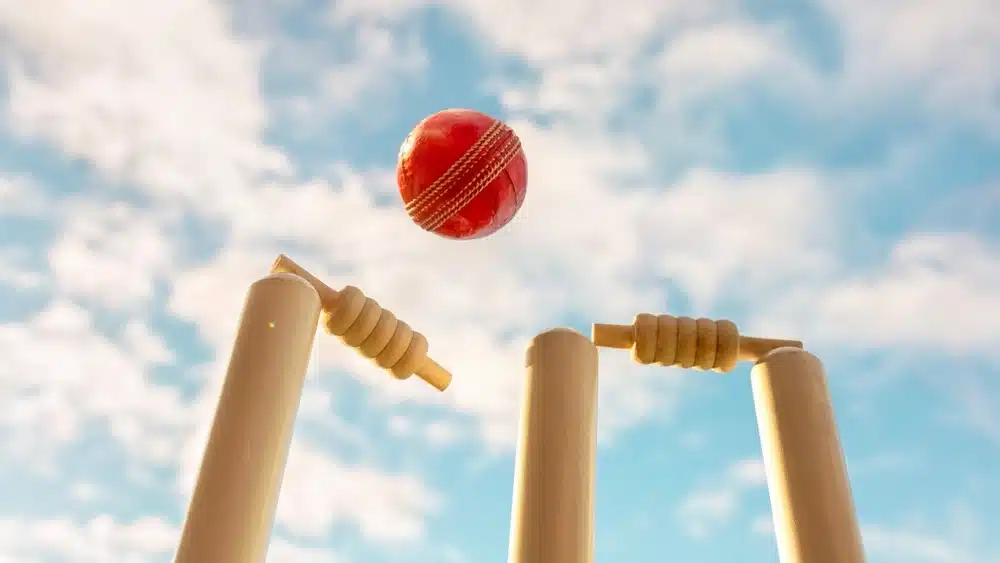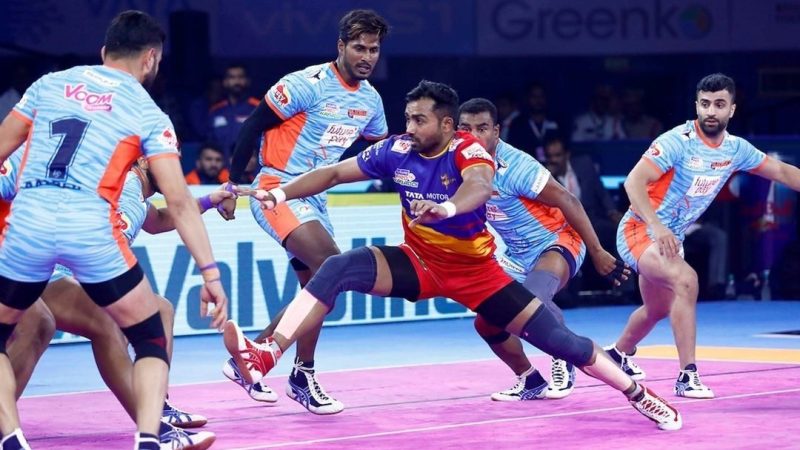
While the success of Pro Kabaddi League (PKL) was first noticed only after the tremendous popularity of its inaugural season in 2014, the idea of commercialising the sport’s athletic vibrance through television was first conceived during the 2006 Asian Games in Doha.
Despite kabaddi featuring in the Summer Olympics for the first time in 1936 and later being included in the Asian Games in 1990, it was the rural and mud-friendly sport’s reintroduction of the synthetic mat at the 2002 Malaysia Open that had changed the game forever.
Charu Sharma, a TV sports commentator and the director of Mashal Sports - that ideated Pro Kabaddi League, had first realised Kabaddi’s potential at the 2006 Asian Games.
“Kabaddi is naturally compatible for television. Firstly, it is played indoors, in a controlled environment. The playing field is compact, which means the cameras don’t miss much. It is a robust sport, and the players are athletic specimens. It is gripping action, and TV is a slave to that,” Charu Sharma had said in an interview to Mint.
Starting with steep competition
Having a good vision wasn’t enough though, as the world history is filled with examples of great ideas getting executed disastrously. Hence, the right time for kabaddi’s arrival was still far away – eight years to be exact.
Ironically, it was the Indian Premier League that would set the ball rolling after the franchise-based cricket tournament became a massive hit in 2008. The T20 league occupied the prime-time television slots of the Indian masses with sports like badminton, tennis, football, and kabaddi daring to achieve something similar.
Soon, India saw the Premier Badminton League (PBL) and Indian Super League (ISL) starting in 2013, which was followed by the Pro Kabaddi League and International Premier Tennis League (IPTL) in 2014.
With IPL leading the charts as India’s most popular choice, the rest were all fighting for the second spot. And it was quite evident that PKL was starting on a backfoot.
While the ISL saw football superstars like Alessandro del Piero, Zico, Nicolas Anelka and others gracing the league, the IPTL had the likes of Roger Federer, Maria Sharapova and Andre Agassi. Hence, PKL could not compete in terms of popularity quotient.
Urban tweaks to a rural game
However, while the other leagues were relying on their marquee players – an IPL concept – to enrich an already popular sport, PKL’s sole weapon was the product.
Having a sport like Kabaddi that already had its roots deep into Indian culture, PKL banked on the wide-spread knowledge of the game to make it more thrilling and unpredictable – a scope that football, tennis or badminton didn’t have.
The introduction of the 30-second rule (where no raid can exceed 30 seconds), the do-or-die raid (every third empty raid) and the super tackle (an extra point when three or fewer defenders make a successful tackle), all served its prime purpose – to hold viewers’ attention for 40 minutes.

While people were optimistic about PKL’s chances, none had thought it to be an instant success. As per the PKL media handbook, the first season had recorded a whopping 435 million views.
"Within the first season, at the end of 37 days of season 1, it was already, in a proven way, the No. 2 sport on TV. This does not happen,” Shubhranshu Singh, Executive VP - Head Marketing of Sports at Star India, had said during PKL 5 launch.
“Across the world, I can't think of another sport like ours, mostly never on television, which arrives, takes on other sports that have been present for decades on primetime television, and within one season, in 30-35 days, becomes the No. 2 sport," he would add.
PKL’s unprecedented rise
If season one had offered something new to the Indian masses, the second edition of the league was the new “cool”. A rural sport like Kabaddi was seeing 60% of PKL’s viewership coming from the metro cities in the season and third seasons.
The year 2015 saw Star Sports announcing 74% stake in the league’s parent company, Mashal Sports, and it was soon renamed as ‘Mashal Sports Pvt.Ltd Star India’.
Once the money started flowing in, there was no stopping PKL. The league had boasted of 51% of a cumulative viewership growth over four seasons, which was the highest for any sports league in India.
Viewers couldn’t get enough of the sport, and after holding two PKL editions in 2016 alone, the league had to expand to 12 teams in 2017. Even IPL and ISL haven’t been able to do that yet.
If Rakesh Kumar was the most expensive player in PKL 1 for 12.8 lakhs, season 5 saw raider Nitin Tomar getting sold for Rs. 93 lakhs while season 6 had Monu Goyat going for Rs. 1.51 crores, and the last season saw Siddharth Desai becoming the most expensive player with 1.45 crores.
The total prize money for PKL season one was Rs. 2 crores which have increased to Rs. 8 crores until last season.
The Pro Kabaddi League has, however, not only improved the lifestyles of the Kabaddi players but also become a talent pool for the national Kabaddi team. Some of the best talents in world Kabaddi now like Pardeep Narwal, Rahul Chaudhari, Pawan Kumar and more have come up through PKL.
Glitz and Glamour
Once things were going visibly north for PKL, the organisers did not want to leave anything to chance. While Bollywood star Abhishek Bachchan, the Jaipur franchise owner, was the only celebrity in the first season, the later seasons witnessed high-profile Bollywood stars featuring in PKL someway or the other.
Amitabh Bachchan's Le Panga song was a huge hit amid the Hindi-speaking audience and the league has been lit up with the glitz and glamour of the movie industry.
PKL has seen Aamir Khan, Shahrukh Khan and Salman Khan already gracing the platform for film promotions. Regional ambassadors like Yash and Rana Daggubati were also roped in.
The seventh and last season of PKL saw 9 per cent growth in viewership numbers as it remained the most-watched non-cricket sports league in the country. After the global pandemic saw PKL pushed to 2021, fans have eagerly waited for the league to return this year.
Feature Image Courtesy: Instagram/ Pro Kabaddi League












